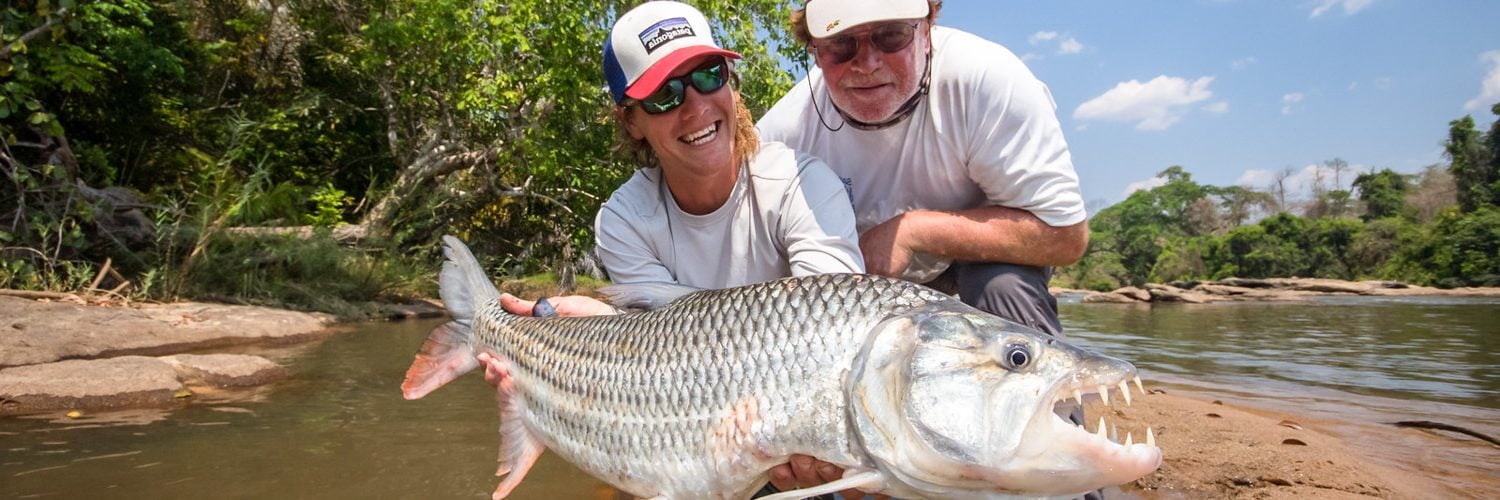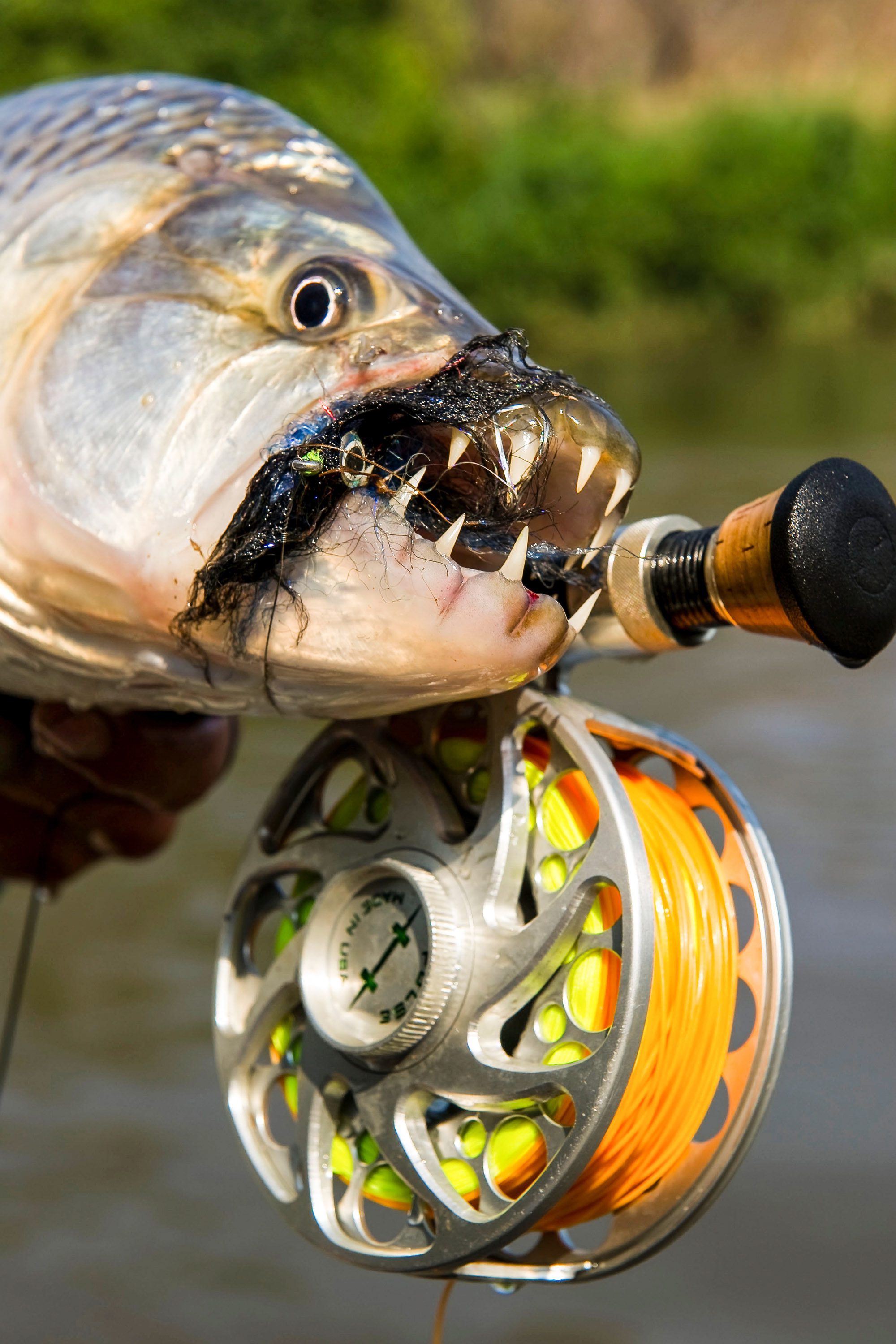

Tanzania is an East African country spanning 947,303 square kilometres, making it the thirteenth biggest country in Africa; it lies within Africa Great Lakes region. It’s a country known for its vast wilderness and stunning rugged landscapes; it’s mountainous and densely forested in the northeast, while the central part of the country is a large plateau with plains and arable land. The landscape is diverse; the country is home to Africa’s highest and lowest points: Mount Kilimanjaro at 5,895 metres above sea level and Lake Tanganyika’s floor at 1,471 metres below sea level.
Tanzania is a country popular with tourists and famous for its wildlife and twenty-one National parks. They include the plains of Serengeti National Park, a safari mecca populated by the “big five” game (elephant, lion, leopard, buffalo, rhino), and Kilimanjaro National Park, home to Africa’s highest mountain. It’s not just the wildlife and scenery that attracts tourists and travellers to Tanzania, though, as its fantastic fishing opportunity attracts thousands of anglers every year.
While you can Big Game fish on the country’s East Coast for species such as Marlin, Barracuda, Dorado and the super-fast line stripping Sailfish, the species that gets everyone talking is the super-aggressive Tiger Fish. Fly fishing Tanzania for these spectacular fighters has become a popular addition to many fly anglers bucket lists. Famous for their fearsome-looking set of teeth and acrobatic fighting displays, Tanzania is, without doubt, the best place in the world to catch them.


With our partners, Tourette Fishing, we have put together the best Tigerfish fly fishing to be found on this planet, where fisherman have a real opportunity of landing Tigerfish of over 20lb’s. A destination that provides shots at multiple trophy fish on a daily basis, normally in fresh water this is almost unheard of.


Average Customer Satisfaction Score 90%


The majority of fly fishing in Tanzania is boat fishing on the drift, focusing heavily on river structure, fallen timber, long sandbanks, steep drop-offs and rocky outcrops. Anywhere where the Tigerfish can hide, ready to ambush their prey.
When conditions dictate, guides will also use sand anchors and tie up to structure midstream to focus on a specific stretch of water.
All fishing is from 18ft aluminium boats, fitted with 15 – 25 horsepower motors, with ample storage areas and seating for three people, two anglers and one professional guide.
If you’re travelling to Tanzania to fly fish, then why not read our 10 Top Tips to Improve Your Fly Fishing.
The Mnyera and Ruhudji Rivers in south-western Tanzania have a reputation as the finest Tigerfish destinations available to the travelling angler. With access to over 120km of water, set in a private game reserve, the area is vast, and many stretches hardly ever see an angler’s fly.
The two rivers are rich in baitfish, predominantly red-finned barbs, and heavily protected, running a strict catch and release policy. All these factors combined keep the fishing so consistent, not just for good numbers of Tigerfish, but also trophy Tigers and fish of over 20lb regularly get landed on these river systems.
The two camps, Dhala Camp (Mnyera River) and Samaki Camp (Ruhudji River) give you the perfect combination of a mobile bush Camp with a regular lodge’s comfort and expertise.
Fly fishing Tanzania gives the angler the chance to catch many weird and wonderful species; however, the main prize is the Tigerfish. These silver-coloured, toothy predators will eat anything in their path, from birds to mammals equal to their size. Renowned for their speed, power and aggression and once hooked, the display of aerial acrobatics in their bid for freedom is jaw-dropping. The fish average around 8lb in weight but do grow to over 25lb.
As well as fly fishing for Tigerfish, you can also expect two endemic Yellowfish species and the incredible Vundu Catfish that live and hunt in these great rivers.
Realising that not every angler has the specific tackle to go head-to-head with these African powerhouses, the camps hire out complete fly fishing outfits that will give you the exact equipment you need for the weeks fishing.
If you would like to bring your tackle, we recommend that you take two nine or ten weight rods with a smooth dragged reel, capable of holding 350 metres of 30lb backing. Flies of all shapes and sizes work, but they all have to have one thing in common; super-strong hooks. The Tigerfish are immensely strong, and often you’ll need to stop them from running into the structure you have teased them from.
If you like the idea of fishing lighter setups, then the two endemic species of Yellowfish can offer some fantastic sport. Nymph fishing with a five weight rod and light tippets will give you a well-earned rest from casting at and playing Tigerfish.
Fly fishing Tanzania’s season on the Mnyera and Ruhudji river systems runs from early August to November, as this is the dry season for the river basin. The water levels are at their most stable and allow fishing throughout the entire river system. These are also the months when the water temperatures begin to rise, the clarity increases and the big trophy Tigerfish start to feed aggressively.
All fishing occurs in a 7000 square kilometre private concession, where between the two camps, game viewing and drives, birding, and sundowners can all be arranged.











